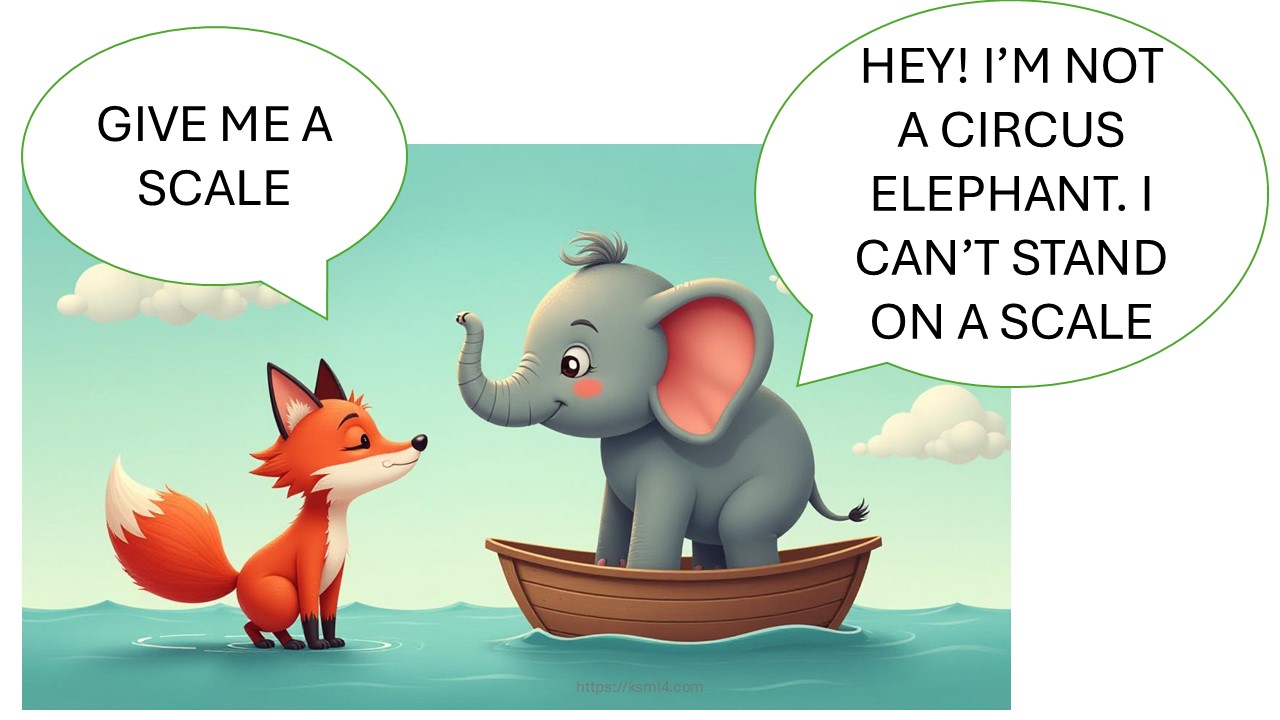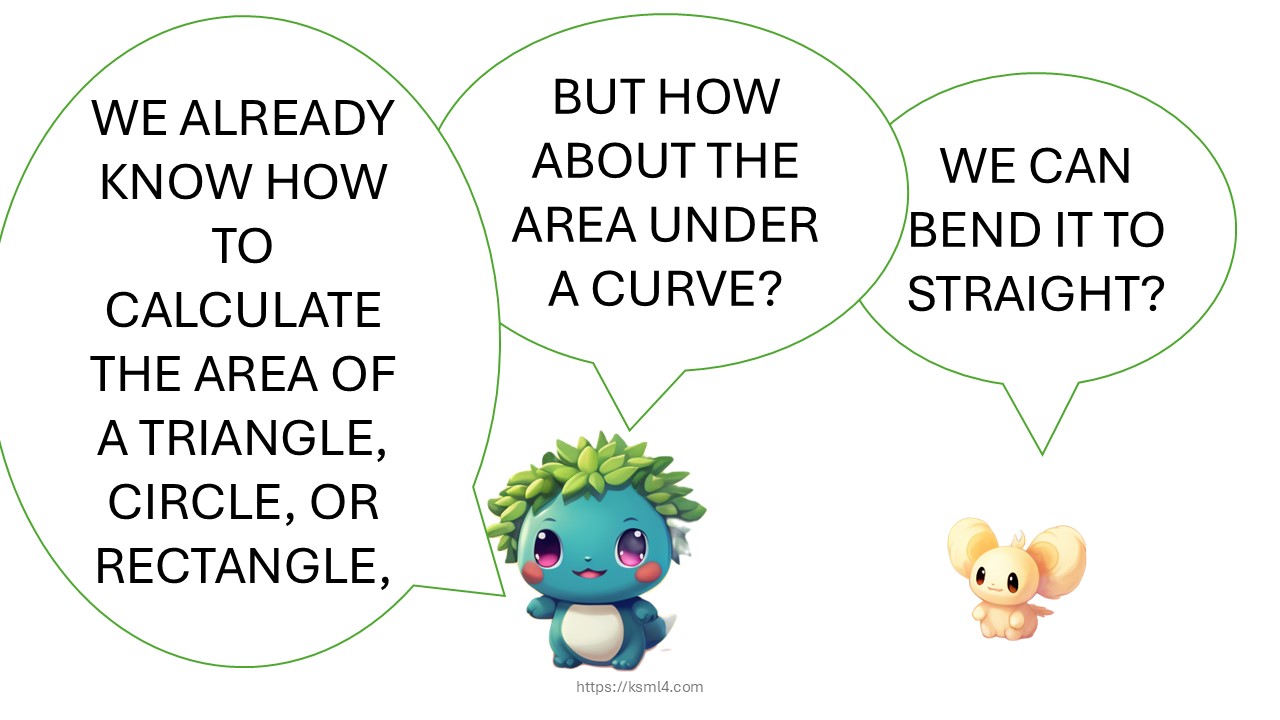Once upon a time, during the Early Lê dynasty in Vietnam, there was a brilliant scholar named L??ng Th? Vinh, renowned for his intelligence and mathematical skills. His fame spread far and wide, even reaching neighboring countries. One day, an envoy from a foreign country came to Vietnam for diplomacy. However, they was also curious about him. They brought to him many difficult puzzles and challenges.
Among these challenges was a particularly tricky one: weighing an elephant. The foreign envoy knew that it would be impossible to use a conventional scale to weigh such a large animal, so they were confident that this problem would have no solution. They eagerly waited to see how L??ng Th? Vinh would handle the challenge.
However, when faced with the task, Tr?ng L??ng remained calm and unshaken. He thought for a moment and quickly came up with a clever solution. He requested that the envoy and the court officials take the elephant to a riverbank, where a large boat was waiting. He instructed them to lead the elephant onto the boat. As the elephant stood on the boat, the boat sank to a certain level in the water. L??ng Th? Vinh promptly marked the water level on the side of the boat.
Afterward, he ordered the elephant to be taken off the boat and replaced it with large stones. He continued adding stones to the boat until it sank to the same water level that he had marked earlier when the elephant was on board. Once the boat reached the marked water level, he stopped and had the stones weighed. The total weight of the stones would give a very accurate approximate to the weight of the elephant.
The foreign envoy was astounded. They could hardly believe what they had witnessed.
This story of L??ng Th? Vinh weighing the elephant using water displacement can be related to the concept of integration, particularly in the field of calculus, where integration is used to find areas, volumes, and other quantities that accumulate over a certain range. Specifically,
Integration can be thought of as the accumulation of small quantities (infinitesimal parts) over a range. In the story, L??ng Th? Vinh gradually adds stones to the boat until the water level reaches the same point it did when the elephant was on the boat. Each stone added is like adding a small increment to the total weight, similar to how integration sums infinitesimal slices or pieces to compute the total.
In calculus, one method of finding volume involves slicing a solid into infinitesimally thin slices, calculating the area of each slice, and then summing those areas to find the total volume. Similarly, in the story, instead of directly measuring the elephant’s weight, L??ng Th? Vinh sums the weights of smaller objects (stones) to find the total weight indirectly. This approach is akin to summing the infinitesimal contributions in an integral.
Discover more from Science Comics
Subscribe to get the latest posts sent to your email.


